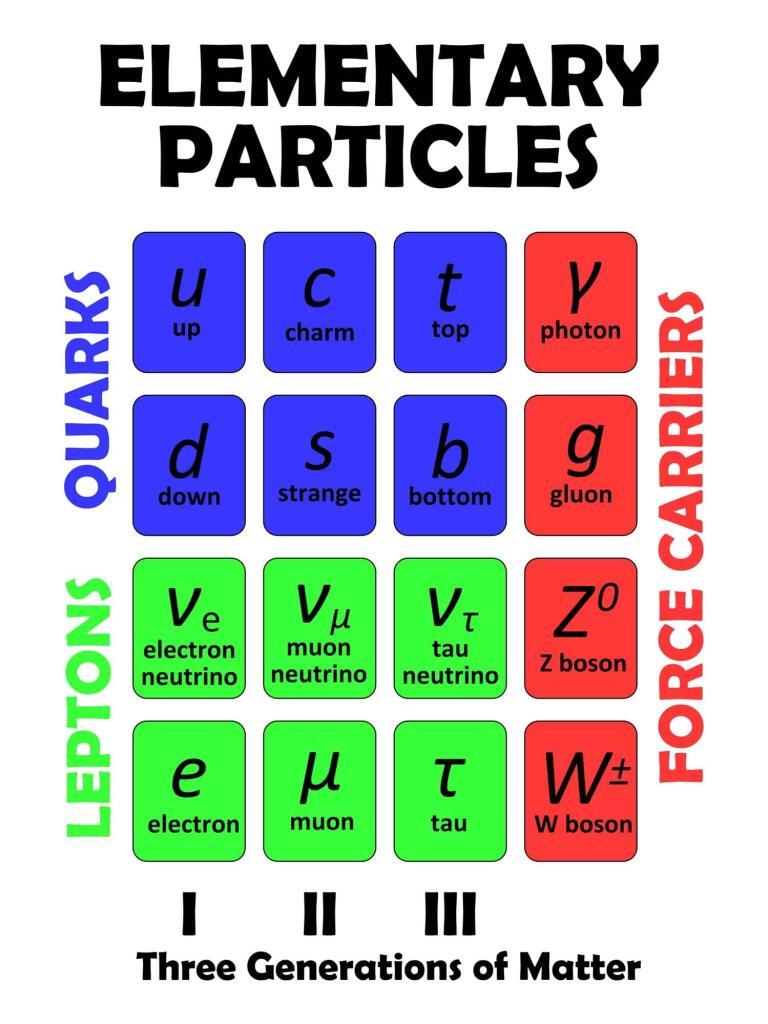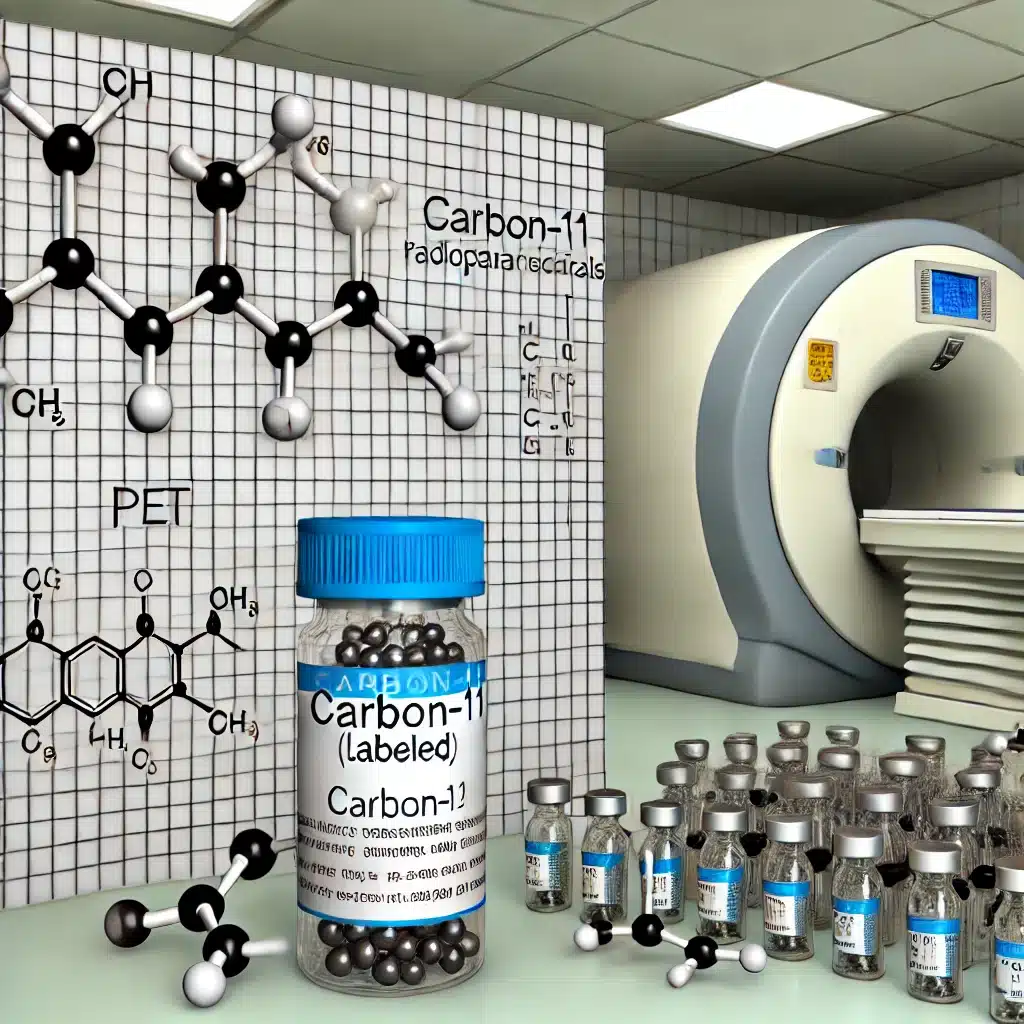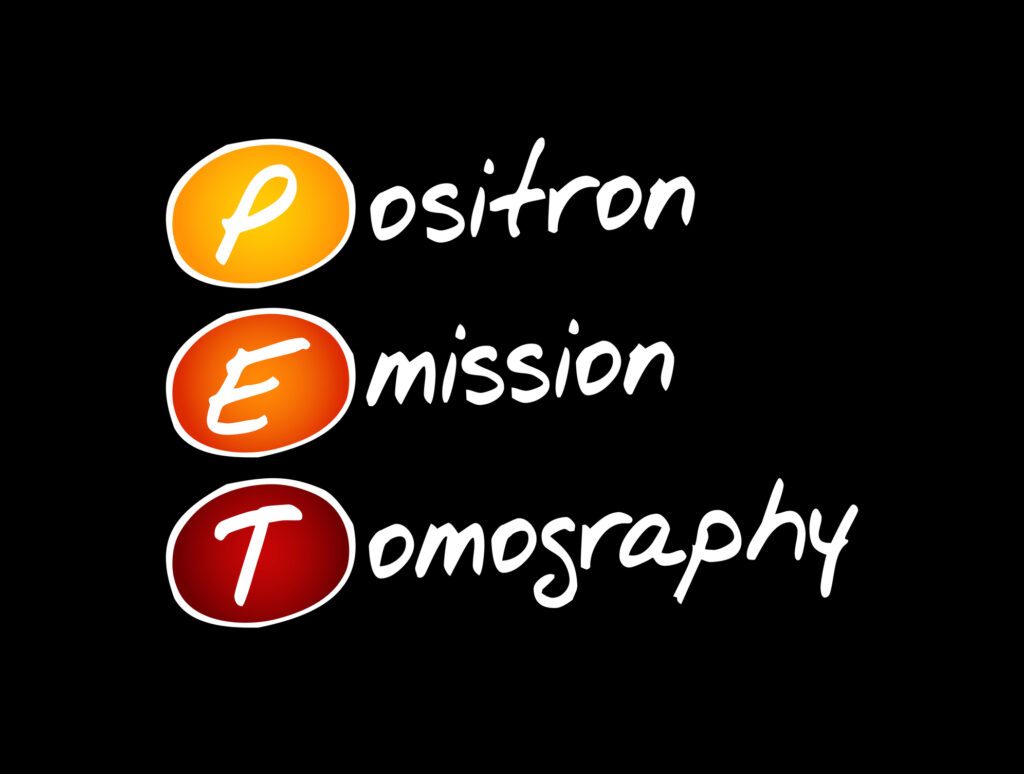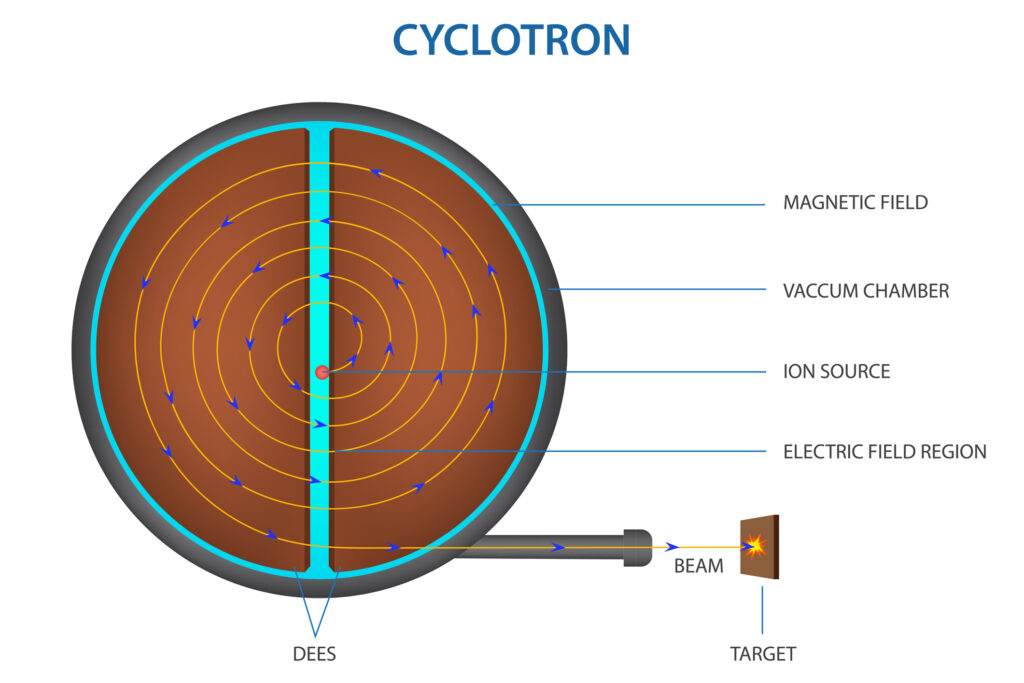Cyclotrons play a pivotal role in the realm of medical imaging by generating radioisotopes, which are crucial for various diagnostic procedures. The genesis of cyclotron technology traces back to 1930, under the aegis of Ernest O. Lawrence. Over decades, this innovation has evolved, dovetailing with the burgeoning needs of nuclear medicine.
A seminal application of cyclotrons in medical imaging is the production of technetium-99m, an isotope extensively used in Single Photon Emission Computed Tomography (SPECT). This procedure helps delineate the anatomy and function of organs, enabling precise diagnosis. Besides, cyclotrons are instrumental in producing other isotopes like fluorine-18, which is pivotal for Positron Emission Tomography (PET) scans.
The working principle of a cyclotron involves accelerating charged particles using a magnetic field, guiding them in a spiral trajectory, and an electric field, augmenting their energy as they spiral outward. This apparatus, despite its compact design, is capable of accelerating particles to high speeds, facilitating the creation of medical isotopes. The simplicity and elegance of its design have contributed significantly to its widespread adoption in medical and nuclear research realms.
In recent years, the medical fraternity has witnessed an uptick in the adoption of cyclotron technology, partly due to its potential to generate specific isotopes onsite. This on-demand production mitigates the challenges associated with the short half-life of some isotopes, ensuring a steady supply for diagnostic procedures. Moreover, onsite isotope production can significantly cut down the costs and logistical hurdles tied to the procurement of isotopes from external suppliers.
Furthermore, advancements in cyclotron technology have set the stage for more compact and efficient designs, dovetailing with the evolving landscape of medical imaging. The advent of miniaturized cyclotron systems, such as the “Cyclotron on a Chip” concept, heralds a new era of particle acceleration technology, potentially revolutionizing medical imaging by making it more accessible and cost-effective.
In summary, the journey of cyclotron technology from a tool of nuclear physics to a linchpin in medical imaging underscores its profound impact on healthcare. The continuous innovation in this field reflects the ceaseless endeavours to harness the potential of cyclotron technology in advancing medical diagnostics, and, thus, patient care.





